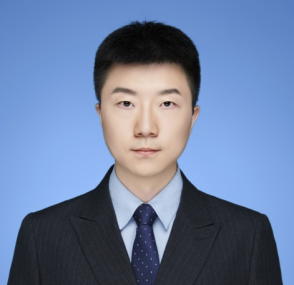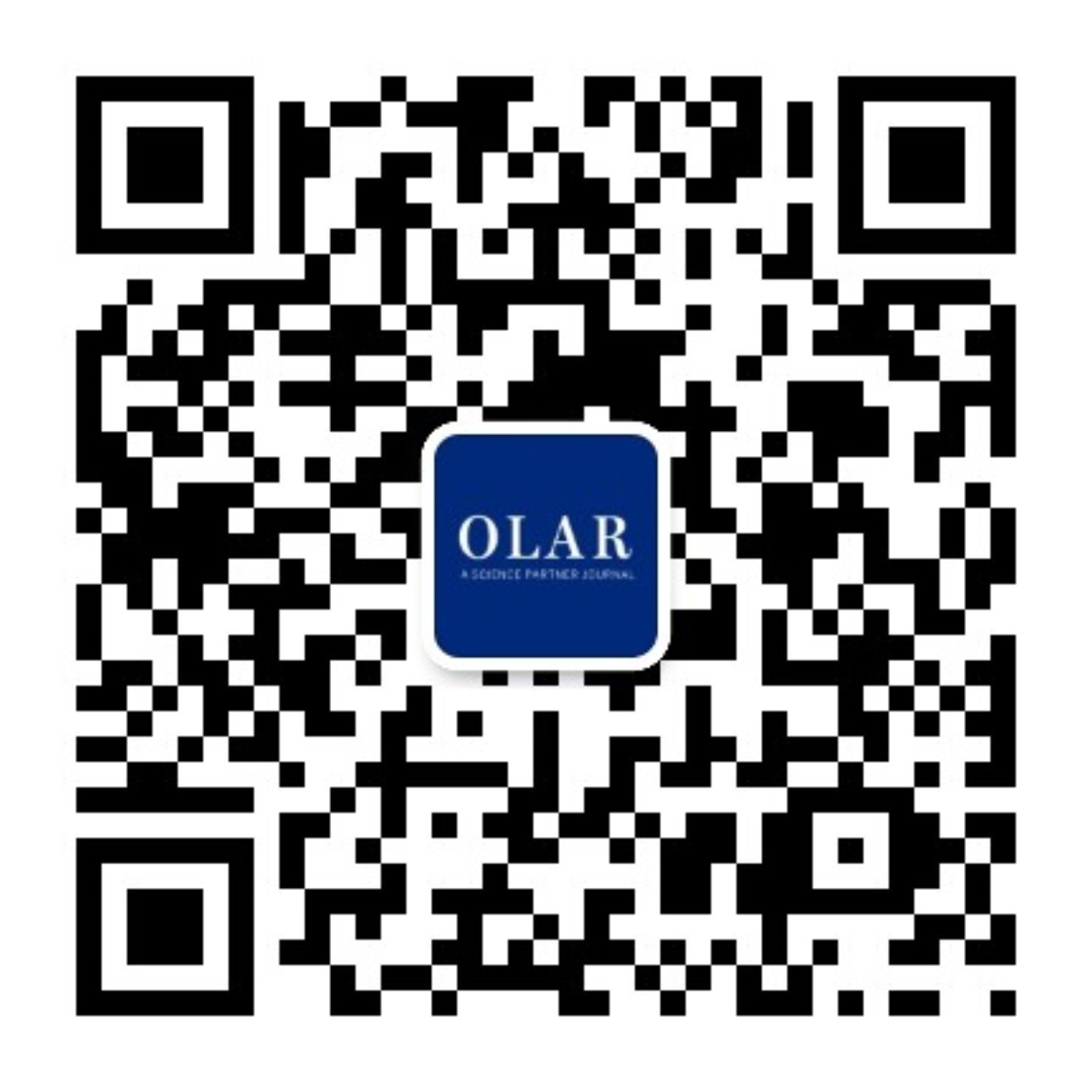2022
1. Niu, M., Deng, L., Su, L., Ruff, S. E., Yang, N., Luo, M., Qi, Q., Li, J., & Wang, F. (2022). Methane supply drives prokaryotic community assembly and networks at cold seeps of the South China Sea. Molecular Ecology, 00, 1– 20.
2. Liang, L., Vigderovich, H., Sivan, O., Hou, J., Niu, M., Yorshansky, O., ... & Wang, F. (2022). Iron (oxyhydr) oxides shift the methanogenic community in deep sea methanic sediment-insights from long-term high-pressure incubations. Science of The Total Environment, 848, 157590.
2018
1. Niu, M., Liang, W., & Wang, F. (2018). Methane biotransformation in the ocean and its effects on climate change: A review. Science China Earth Sciences, 61(12), 1697-1713.
2. Yu, T., Li, M., Niu, M., Fan, X., Liang, W., & Wang, F. (2018). Difference of nitrogen-cycling microbes between shallow bay and deep-sea sediments in the South China Sea. Applied microbiology and biotechnology, 102(1), 447-459.
2017
1. Niu, M., Fan, X., Zhuang, G., Liang, Q., & Wang, F. (2017). Methanemetabolizing microbial communities in sediments of the Haima cold seep area, northwest slope of the South China Sea. FEMS Microbiology Ecology, 93(9), fix101.
2. Niu, M., Liang, Q., Feng, D., & Wang, F. (2017). Ecosystems of cold seeps in the South China Sea. Life at Vents and Seeps. De Gruyter, Berlin, Boston, 139-160
3. Yu, T., Liang, Q., Niu, M., & Wang, F. (2017). High occurrence of Bathyarchaeota (MCG) in the deep‐sea sediments of South China Sea quantified using newly designed PCR primers. Environmental Microbiology Reports, 9(4), 374-382.



